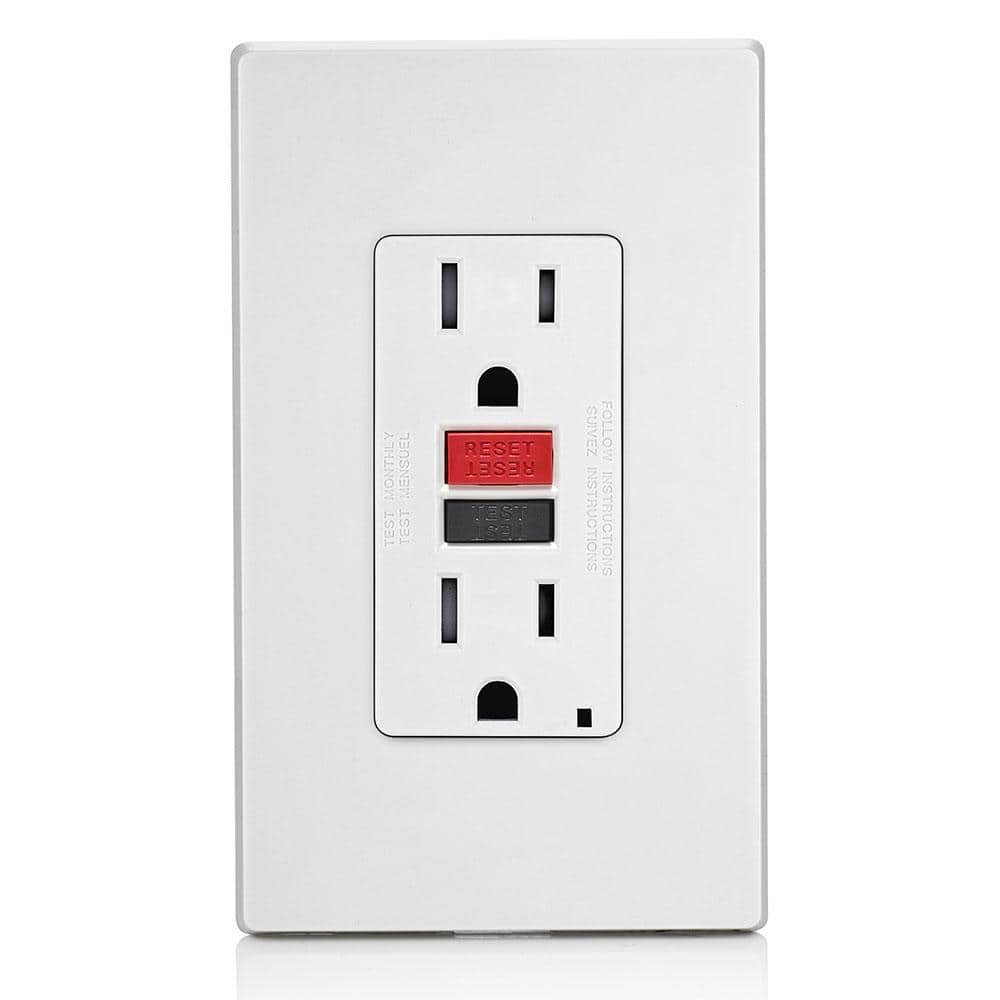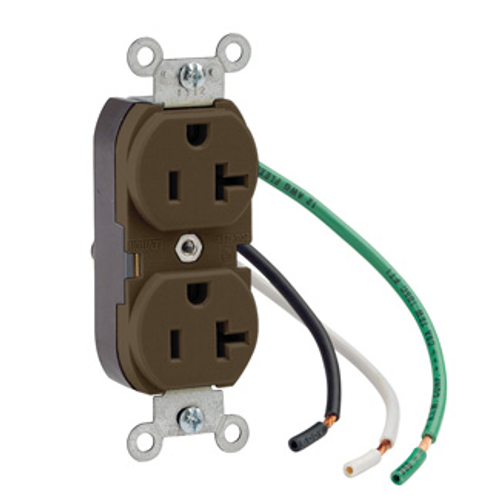y_p_w
Thread starter
Still haven’t done the project yet with the rental house. At this point I have 10 of them available, but I’ll probably just buy more GFCI receptacles locally if I need more. I still don’t know exactly how many will be needed, since the house is a combination of some grounded outlets after remodels and GFCI in all wet locations. I might need to check to see which GFCI are grounded and label them accordingly. I’m not going to use any of the load terminals since I have no idea how they’re wired. I guess I’ll find out if any were daisy chained.
I did try wiring some of the GFCI receptacles in advance where I’ll just connect to the line with a wire nut. I’m worried about having little wire to work with. I have plenty of wire nuts now, but just in case I got a 10-pack of WAGO 3-port Lever-Nuts.
My big worry is that some of the wire might be 70 years old and the copper possibly strain hardened. I’ve snapped off hardened wire before when I overtightened a wire nut. I figure the WAGOs might work better if there’s little space to work with and I'm worried about maybe breaking off some wire.
I did try wiring some of the GFCI receptacles in advance where I’ll just connect to the line with a wire nut. I’m worried about having little wire to work with. I have plenty of wire nuts now, but just in case I got a 10-pack of WAGO 3-port Lever-Nuts.
My big worry is that some of the wire might be 70 years old and the copper possibly strain hardened. I’ve snapped off hardened wire before when I overtightened a wire nut. I figure the WAGOs might work better if there’s little space to work with and I'm worried about maybe breaking off some wire.


